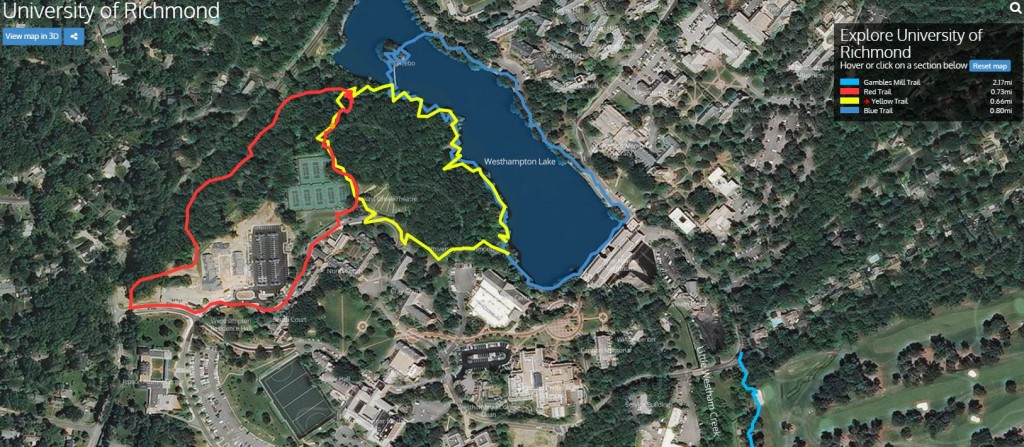Have you ever wondered how many volcanoes there are in your country, or how many earthquakes have occurred in the past 24 hours? Have you ever wanted to travel and see a volcano, but you don’t know where to start? www.volcanodiscovery.com is a great website if you want to know anything and everything about the geography of volcanoes. When you first go to the website, there are simple categories on what you are specifically looking for. For example, if you click on the first box that says “Volcanoes of the world,” there is information and news about active volcanoes from all around the world. You could click on a country such as Japan, for example, to find out how many volcanoes are on that island, and find out facts about them. You could also click on the category called “Volcano photos,” to see magnificent photographs of different types of active volcanoes. There is also a “photo of the day” category, in which you could check back every day to see a new photo. Another interesting category is the “Volcano travel,” in which you could find out where you can visit to see volcanoes. There are even specific dates and tours that you could sign up for. Another category that is convenient is the “Latest earthquakes” category. Here, you can find out the latest earthquakes from around the world and their magnitudes.

